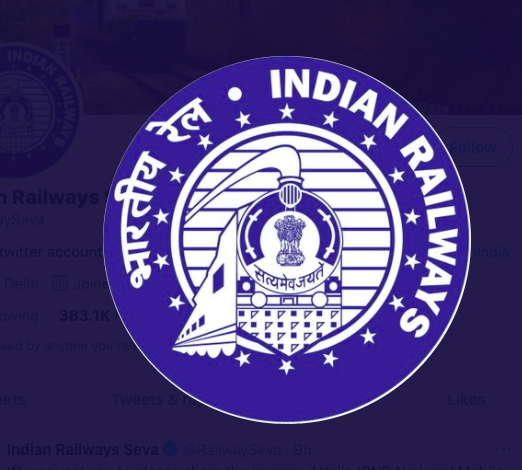Budget likely to make major announcements on electrification, speed enhancement and elimination of level crossings
New Delhi, NFAPost: The Indian Railways will see a very high level of capital expenditure in the next 10 years, according to the Economic Survey. The Budget, to be placed in Parliament on Tuesday, is likely to make major announcements on electrification, speed enhancement and elimination of level crossings.
The capacity growth of the Railways has to be accelerated, the Survey said and added that a conscious effort is being made for substantially increasing capital expenditure.
“Up to 2014, capex on Railway was barely Rs 45,980 crore per annum and consequently the Railway was charecterised by high levels of inefficiency and highly congested routes unable to meet the growing demand. Post-2014, a conscious effort was made to improve the railway sector by substantially increasing the capex. The capex outlay for 2021-22 is Rs 2,15,000 crore which is more than five times the 2014 level,” the Survey said.
The capex will increase further in the coming years as more projects are taken on hand and several sources of capital funding are developed. The Survey hoped that the railway system will emerge as an engine of national growth.
Electricification process
One of the key area that may witness investment will be the electrification process as the Railways is targeting for 100% electrification of its network by December 2023. The National Rail Plan, announced earlier, also lays down the road map for capacity expansion of the railway network by 2030 to cater to growth up to 2050.
“It envisages the creation of a future-ready railway system that is able to not only meet the passenger demand but also increase the modal share of railways in freight to 40-45% from the present level of 26-27%. The target of 40-45% modal share for railways is necessary from the perspective of sustainability and also from the national commitments made globally for reducing emission levels,” the Survey noted.
The Survey sees that the freight ecosystem is expected to grow from the present level of 4700 MT to 8200 MT by 2030.
“At present the railway capacity is barely able to carry 1220 MT which is around 26-27% of the modal share. The Plan provides a pipeline of projects, which on completion will increase railway capacity to capture 45% of freight traffic,” the Survey said.
The Railway has targeted 100% electrification of its network by December 2023 also upgrading Delhi-Mumbai and Delhi-Kolkata corridors to 160 kmph. It also wants to eliminate level crossings on the Golden Quadrilateral/Golden Diagonal routes.
The Survey said being the third-largest network in the world under single management and with over 68,102 route kms the Railways strives to provide safe, efficient, competitive and world-class transport system.
“An average of 1835 track km per year of new track length has been added through new-line and multi-tracking projects during 2014-2021 as compared to the average of 720 track km per day during 2009-14. Railways is also adopting indigenous new technology such as Kavach, Vande Bharat trains and redevelopment of stations to have safe and better journey experience. During 2020-21, Railways carried 1.23 billion tonnes of freight and 1.25 billion passengers,” the Survey said.





